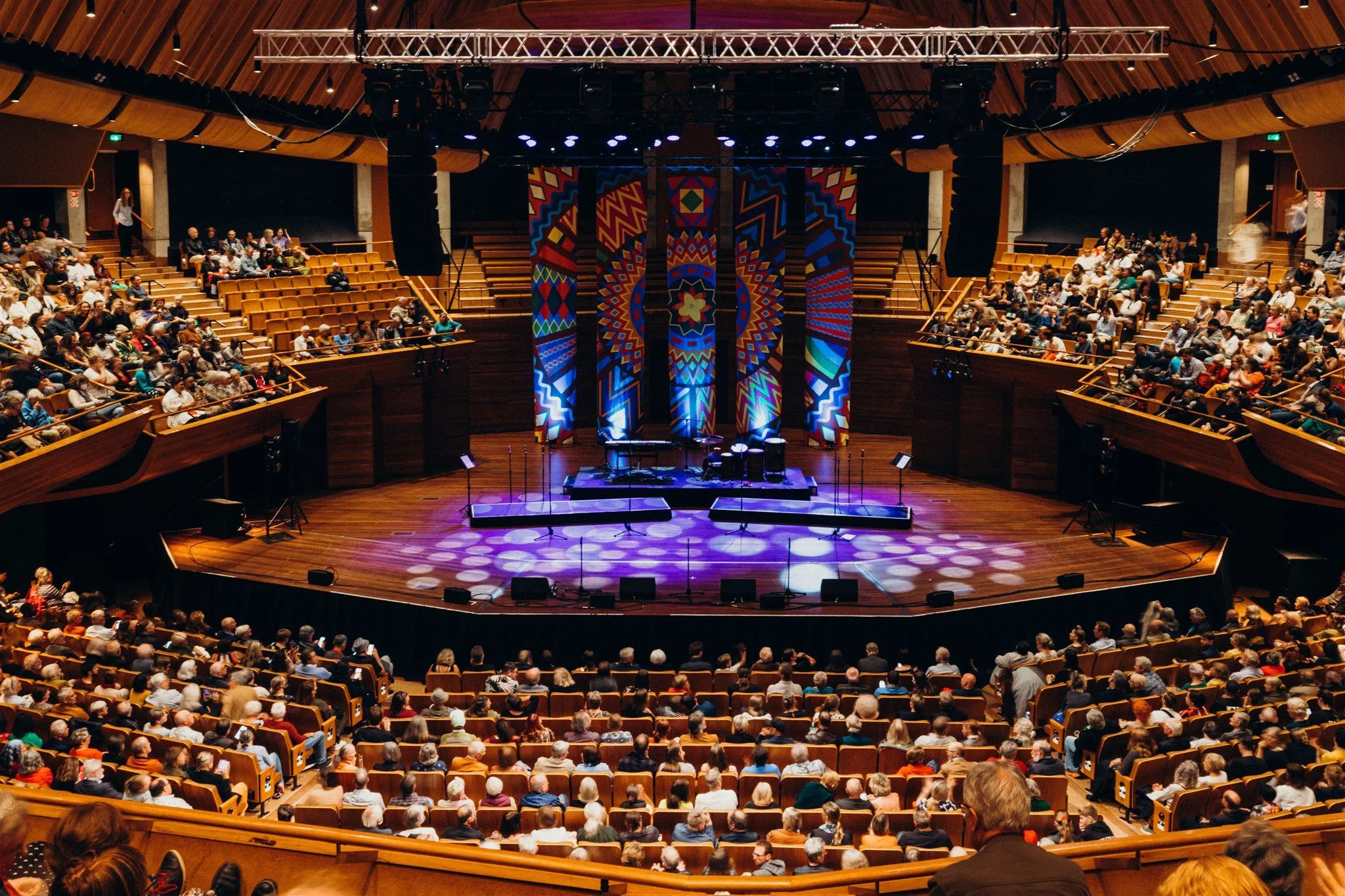Creative NZ To End Tōtara & Kahikatea Funding
While CNZ's overall funding budget won't be reduced, the way arts organisations in Aotearoa are supported is set for a major overhaul.
Written by

The two most coveted funding brackets in Aotearoa will be dissolved in the coming years.
Creative New Zealand (CNZ) has announced that it's changing how it delivers multi-year funding to arts organisations and groups from 1 January 2027.
That means the current format of Toi Tōtara Haemata (six year funding) and Toi Uru Kahikatea (three year funding) programmes will be scrapped.
The crown entity is quick to highlight that its total budget to support organisations will not be reduced, rather those funds are to be brought under the fold of the 'For The Arts' funding umbrella that was established at the start of the year.
That means that the current Tōtara and Kahikatea client organisations will now be invited to apply for CNZ's Arts Organisations and Groups Fund, which gave out its first batch of grants in August - $8.3 million was split between 83 groups and organisations from the 365 eligible applications, with one-year or two-year options.
CNZ states "All arts organisations and groups will be able to apply for multi-year funding support for programmes through a single flexible model. The extended programme will be open for applications from mid 2026."
The project is being led by Claire Murdoch, Senior Manager, Arts Development.
“Genuinely meaningful relationships with artists and communities are so important for us as we do our work. We’re committed to doing this in a way that is as efficient and seamless as possible for those interacting with us, too.
"My team and I expect to be doing lots of listening over the coming months as we develop the details of the new programmes,” Murdoch states. “We are committed to ongoing communication and engagement, both online and kanohi ki te kanohi.”
What is Tōtara and Kahikatea?
Collectively, there are 80 clients of the two long-established funding strands - 22 from Tōtara and 58 in Kahikatea - with the combined allotment of funding from 2023-25 worth more than $100 million.
That list contains some of the biggest names in the creative sector like Auckland Philharmonia, Performing Arts Network of NZ (PANNZ), Aotearoa NZ Festival of the Arts, Auckland Arts Festival and Arts Access Aotearoa. It's long been the benchmark in arts funding - long term security and the ability to set plans in place that aren't in danger of falling over between now and the next funding application. Getting into either category was not just seen as a major achievement, but it was also seen as extremely difficult to crack into the 'top tier' of financial support.
All organisations currently in the two long-term funding programmes were informed of the decision earlier in the week by CNZ.
Both Tōtara and Kahikatea clients are funded up until the end of 2025. Not only will that be honoured, but CNZ will offer one-year extensions up to 31 December 2026 - to allow for a smooth transition before the programmes are disestablished.
Why the change?
This change - what CNZ states is the second of a three-steps transformation to a more artist-focused and relational way of working - comes off the back of wider consultation with the sector in 2023.
The wildly unpopular Arts Grants and Annual Arts Grants system was jettisoned for the eight-pronged 'For The Arts' model (explained in detail here) - with the axing of Tōtara and Kahikatea in favour of joining that model the latest development.
CNZ Chief Executive Stephen Wainwright explains “In October, the Arts Council of New Zealand Toi Aotearoa set the direction for how we’ll support all arts organisations from 1 January 2027, based on a streamlined model with flexible and multi-year funding opportunities for all eligible organisations.
“We believe we can do things better, both for those in our current programmes and those who have not been able to secure multi-year funding from us before.
“In April we asked arts organisations and groups what support makes the biggest difference for them and their communities. Long term, flexible funding topped the list. The direction we’re taking now will meet that need.
"We’re also thinking about how we can better deliver on the non-financial support organisations asked for, around communication, governance, safeguarding ngā toi, leadership, practical resources, and advocacy.
“We’re looking forward to working with organisations in the coming months to make these changes. There are mutual benefits in more effective application and reporting processes, and better measures of the impact of CNZ’s support, too. We want to provide more value to the arts organisations we fund through building stronger relationships.
"We’re also interested to learn what future leadership roles for arts organisations with long-term support could look like."